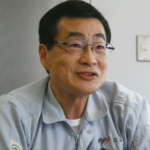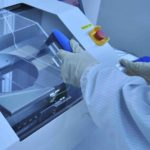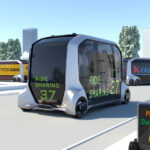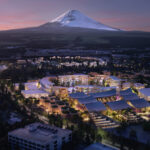On August 22, 2025, Japanese research and development institute RIKEN announced that Nvidia would participate in developing Japan’s next-generation supercomputer, “FugakuNEXT.” This new flagship system, which is expected to be operational around 2030, will succeed “Fugaku,” which was jointly developed by RIKEN and Fujitsu. The new development is an “international initiative,” with American technology company Nvidia to lead the design of the GPU (graphics processing unit) platform. Fujitsu will lead the basic design of the overall system, compute nodes, and CPUs.
Nvidia is building an ecosystem integrating high-performance GPUs, the CUDA (Compute Unified Device Architecture) software platform that runs GPUs, and inter-GPU networking products. Meanwhile, RIKEN’s strengths lie in software and algorithm technology, and Fujitsu’s strengths lie in CPU and systemization technology. By combining their respective expertise, the three companies will build an “AI-HPC platform” that combines AI and simulation. This will enable the system to achieve the world’s highest level of AI processing, in addition to conventional simulation performance, fostering close collaboration between the two.
FugakuNEXT aims to achieve a performance level approximately 100 times greater than that of Fugaku, which would dramatically accelerate the scientific research cycle, from hypothesis generation to physical verification. It will promote “AI for Science” and consider collaborating with quantum computers. Through joint development with the United States, FugakuNEXT aims to establish a global standard, enhance the sophistication of domestic technology, increase its strategic importance in the semiconductor and information industries, and build a global ecosystem.
Fugaku, developed in 2014 as the successor to the “K” computer, is one of the world’s leading supercomputers. It is capable of performing approximately 44 quadrillion calculations per second. Since its launch in March 2021, Fugaku has achieved results in a wide range of fields, including life sciences, disaster prevention, energy, manufacturing, basic science, and socioeconomics. It has also been ranked number one in the world on the Graph500 for 11 consecutive terms.
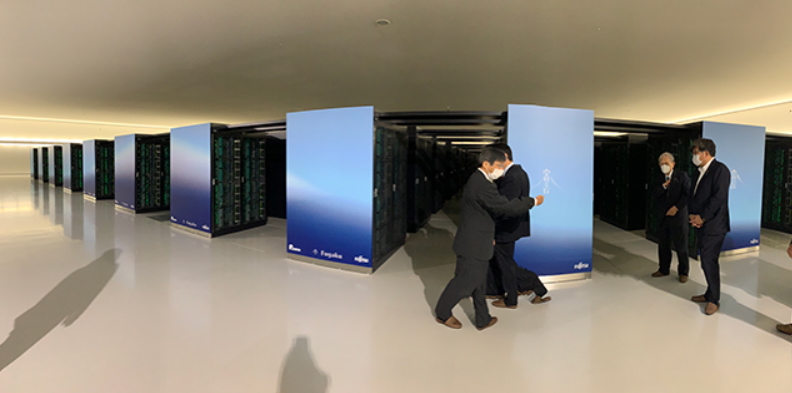
In June 2020, the supercomputer Fugaku ranked first in the TOP500 announced at the International Supercomputer Conference. It also achieved a quadruple crown by taking first place in HPCG (High Performance Conjugate Gradient), the artificial intelligence calculation benchmark HPL-AI, and the big data analysis benchmark Graph500. This marks the fourth consecutive quadruple crown from 2020 to 2021. As of June 2025, it is ranked seventh in the TOP500 and has maintained its top spot in the Graph500 for 11 consecutive periods.
The photo shows the Minister of Education, Culture, Sports, Science and Technology visiting Fugaku in August 2020 after it achieved the quadruple crown.
PHOTO: Ministry of Education, Culture, Sports, Science and Technology, Creative Commons
As an aside, the “K” of “K” computer stands for the Japanese word kei, meaning 10 quadrillion, a unit of measurement. “Fugaku” is another name for Mount Fuji. The height of Mount Fuji represents Fugaku’s high performance, and its expansive base represents Fugaku’s growing user base.
Fugaku has been used to solve various societal issues, such as predicting major earthquakes and linear precipitation bands, discovering drugs and developing new materials, simulating weather, predicting traffic congestion, and analyzing big data. Notably, Fugaku simulates solutions to real-world problems in cyberspace and creates new value, embodying the government’s advocated philosophy of Society 5.0.
Society 5.0 follows Society 1.0 (the hunting society), Society 2.0 (the agricultural society), Society 3.0 (the industrial society), and Society 4.0 (the information society). Society 5.0 aims to create a “human-centered society” by combining cyberspace and physical space and utilizing AI, the Internet of Things (IoT), and other technologies to promote economic development and solve social issues. It will provide optimized value in various fields, including health and medicine, agriculture, the environment, and transportation, enabling comfortable and vibrant lives.

Society 5.0 is defined as “a human-centered society that balances economic advancement with the resolution of social problems by a system that highly integrates cyberspace and physical space.” It was first proposed in 2016 by Japan as the future society it should aspire to be. Key to its realization is the advancement of science, technology, and innovation. Incorporating AI, quantum technology, IoT, and other cutting-edge technologies in all industries and social activities, and creating new value from innovation, will both achieve economic development and find solutions to social problems in parallel.
Source: JapanGov, Cabinet Office
Society 5.0 can be experienced at “Future City” at Expo 2025 Osaka Kansai, whose theme is “Designing Future Society for Our Lives.” The venue website describes it as follows:
“The City of the Future as Envisioned by Society 5.0. What kind of wisdom on our part will be put to use there, and what kind of happiness will come about? … Future City, where we can all consider these questions together.”
The Expo will close on October 13, but the dream does not end. FugakuNEXT and the AI-HPC Platform, jointly developed by Japan and the United States, will pave the way to the future.
Sano Kentaro is a freelance journalist.

